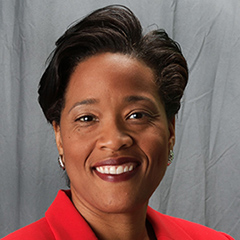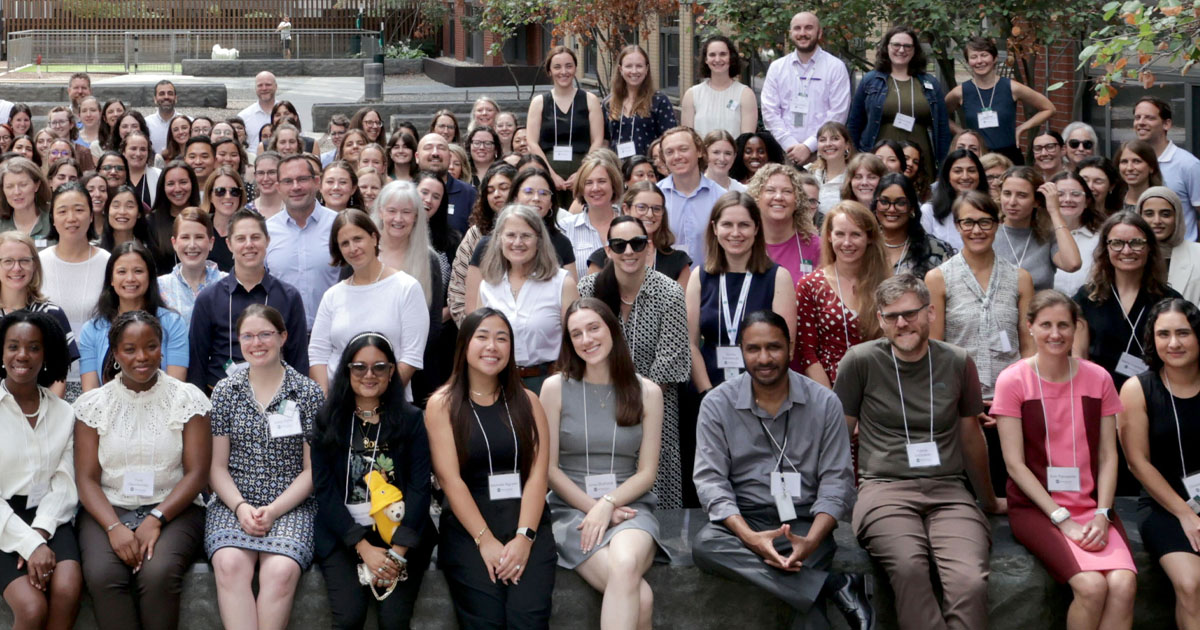Five years ago, Mathematica set out on a journey to take an honest look at the level of diversity, equity, and inclusion (DEI) within our company and to take steps that would make Mathematica a more diverse and welcoming workplace for all. We did so not precisely knowing what this would entail or the exact pathway to progress, but with a steadfast belief that DEI played a critical role in our mission to improve public well-being, and that we needed to work inside out. Early on, as is the case in many organizations, our efforts focused on our workforce. We acknowledged that we had a lot of work to do in terms of diversifying our greatest asset—our people—in terms of gender, race, and ethnicity at all levels of our organization, including our Board of Directors. We set our sights on improving our workplace and employee experience by creating new structures such as our Diversity Council and employee resource groups to offer safe places for engagement and build a sense of community, inclusivity, and belonging.
When I arrived at Mathematica this spring, we set our new vision for the future with equity and justice at its center. The inclusion of equity and justice in our 2035 vision was the result of the convergence of many factors, including our decision to take action to counter the effects of pervasive and longstanding injustices against racial and ethnic, LGBTQIA, religious and other groups, which were amplified in May 2020 by the murder of George Floyd. Our vision was also influenced by our partners, who were increasingly intensifying their efforts to advance equity. This focus on equity and justice was a critical milestone in our journey, as it centered equity as a defining pillar for who we are and the work we do, and required accountability for progress in and outside our organization.
The phrase “centering equity” has been used quite a bit recently. For us, it involves broadening our definition of the dimensions of diversity when evaluating talent. What diverse identities, skills, abilities, and lived experiences among our workforce are needed to advance equity in our organization and industry now and in the future? Answering this question requires us to examine our mindsets and behaviors and identify how our biases and blind spots get in the way of individual and organizational growth. It means looking at our internal processes, systems, and structures to identify inequities and craft innovative change solutions. It means gaining a deeper understanding of the employee, client, and partner experience and their needs, and building more equitable and authentic relationships across these groups to best meet those needs. And finally, it means pledging our commitment to infuse an equity lens and apply equity principles throughout our research and business practices—enhancing the quality and richness of our work and the evidence we produce to better position us to inform policies and programs that improve societal well-being. In sum, centering equity is about taking actions to help bend the decision making arc of policymakers and other leaders toward equity and justice through evidence and in partnership with others.
This summer, we were able to put those principles into practice when we shared what we’ve learned about the critical role that data collection and program innovation can play in advancing equity with federal leaders best situated to make a difference. Using equity impact assessments to predict impacts of proposed policies and enacted policy changes, collecting more comprehensive data across programs (including data on race and ethnicity, which can be used to better direct services and supports), and applying equity-focused program innovation to evaluate practices and strategies designed to increase efficiency and reduce access barriers across federal income support programs aren’t cure-alls—but they are necessary next steps if government officials are serious about addressing pervasive and systemic inequity. We put those principles into practice when we convened federal evaluation and policy experts to discuss how to center equity when engaging communities and develop federal policies and evaluations that do not perpetuate disparities for people of color and others who have been historically underserved. And we put those principles into practice when we partnered with Howard University to co-host a Summer Institute in Computational Social Science, the first hosted by a historically Black college or university and the only one to ever focus on countering anti-Black racism and inequity.
We will continue to put our principles for centering equity into practice as we seek out new partners and new projects that focus on putting evidence to work to address racism and inequality. That’s why we’re excited to collaborate with the Robert Wood Johnson Foundation’s (RWJF) Equity Learning Lab partners Learning for Action and the Public Health Equity Group to help organizations build capacity for advancing DEI in their organizations and work. We’re also working with RWJF to support their ongoing commitment to transforming public health data systems to advance health equity by helping them better understand how public health data are collected, how the data can be used to support communities, and how public data systems can be modernized to advance equity. In addition, we are working with our longtime federal partners at the Administration for Children and Families’ Office of Planning, Research and Evaluation to explore how child welfare agencies can advance equity and support underserved populations, and with the U.S. Department of Agriculture’s Food and Nutrition Service to help the agency study the relationship between poverty, well-being, and food security. As long as health, education, and economic inequities persist based on race, sex, ethnicity, gender identity, or physical ability, there is more work to do to achieve our vision for a more just and equitable world.
Our ability to embrace change, find comfort with ambiguity, and identify our vulnerabilities will determine our future progress in DEI and the magnitude of its influence. Our willingness to sit in spaces of discomfort and push through those periods individually and collectively will help foster transformation—at Mathematica and beyond. We are optimistic about our direction and the vast opportunities for workforce, workplace, and marketplace evolution, but we are equally humbled by the complexity of DEI and the inherent challenges it poses. DEI is about shifting mindsets, behaviors, systems, and structures, and continuously redefining goals and reimagining our potential, while recognizing there’s no true end point of our journey. Our path forward will inevitably include highs and lows, missteps, and successes, but we must be resolute in our commitment to our shared values and unwavering in our expectations that we must continue to strive to be better and do better. We are a work in progress, together.



